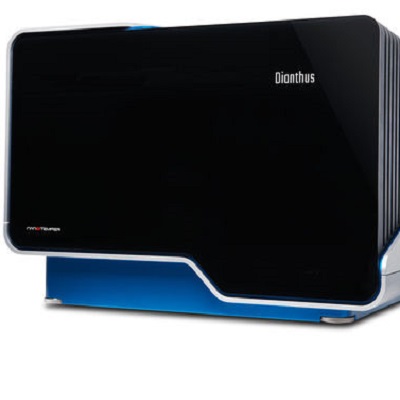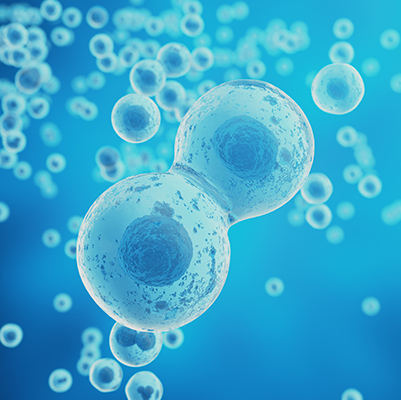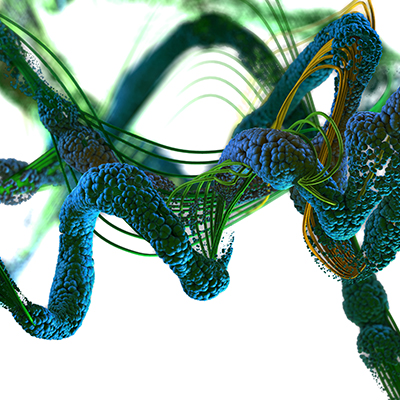February 13, 2023 -- Researchers from Germany found that a change in a protein’s charge disrupts cellular self-organization, resulting in an extremely rare hereditary developmental disorder called brachyphalangy-polydactyly-tibial aplasia/hypoplasia syndrome (BPTAS).
The study, published February 8 in Nature, points to this mechanism as the cause of many other unresolved diseases, including brain development disorders and predisposition to cancer.
Thousands of genetic changes are associated with various diseases. But how these mutations produce disease is unclear. This is because the changes relate to sections of proteins with a disordered three-dimensional structure and a function inside the cell which is little known -- in part because these protein segments must interact with other molecules before producing their effects.
The researchers discovered how changes in these disordered protein areas can cause genetic diseases, including BPTAS. The few documented BPTAS patients all have malformed limbs, short fingers, additional toes, missing tibia bones, and reduced brain size. Upon decoding the genomes of five affected individuals, researchers found that the gene for the protein HMGB1 was altered in all patients. Due to what the researchers call a "frameshift mutation," the final third of the protein's structure -- its tail -- has a positive charge rather than the usual negative one.
The positive charge makes HMGB1 resemble other proteins that cluster in the nucleolus. This small area within the cell nucleus is where the cell's protein factory parts are assembled, making the nucleolus crucial to a cell's viability.
The mutated HMGB1 protein, with its positively charged tail, is improperly drawn toward the nucleolus. Because the protein tail has also become stiffer, the HMGB1 protein clumps together, causing the nucleolus to lose its own liquid-like properties and become increasingly rigid.
The researchers found that more cells with the mutated protein died in the culture than cells without the mutation. The proteins accumulating wrongly in the nucleolus result in its solidification and adversely affect its vital functioning, leading to an organism's developmental disorders.
The researchers searched databases containing the DNA sequences of thousands of people, seeking similar cases. They identified more than 600 mutations in 66 proteins that gave the protein tails a positive charge and stiffer properties.
Of those mutations, 101 were previously associated with various diseases. For 13 selected proteins, the team studied the cell culture to see whether the mutations drew them toward the nucleolus; for 12 of them, it did. About half of the proteins tested impaired nucleolus functionality just as the BPTAS disease mechanism did.
The researchers say the newly identified mechanism could help explain many other diseases, and potentially lead to new therapeutic approaches for some. For example, for tumors attributable to genetic changes in the affected cells, intervening in the cell's self-organization, which is mediated by disordered protein sections, may prevent cancers from developing.
"The actual work is just starting now," said geneticist and co-author Dr. Malte Spielmann in a statement. "We will find many more genes with such disease-causing mutations and can now test their mode of action ... and hopefully one day treat them."
Copyright © 2023 scienceboard.net













